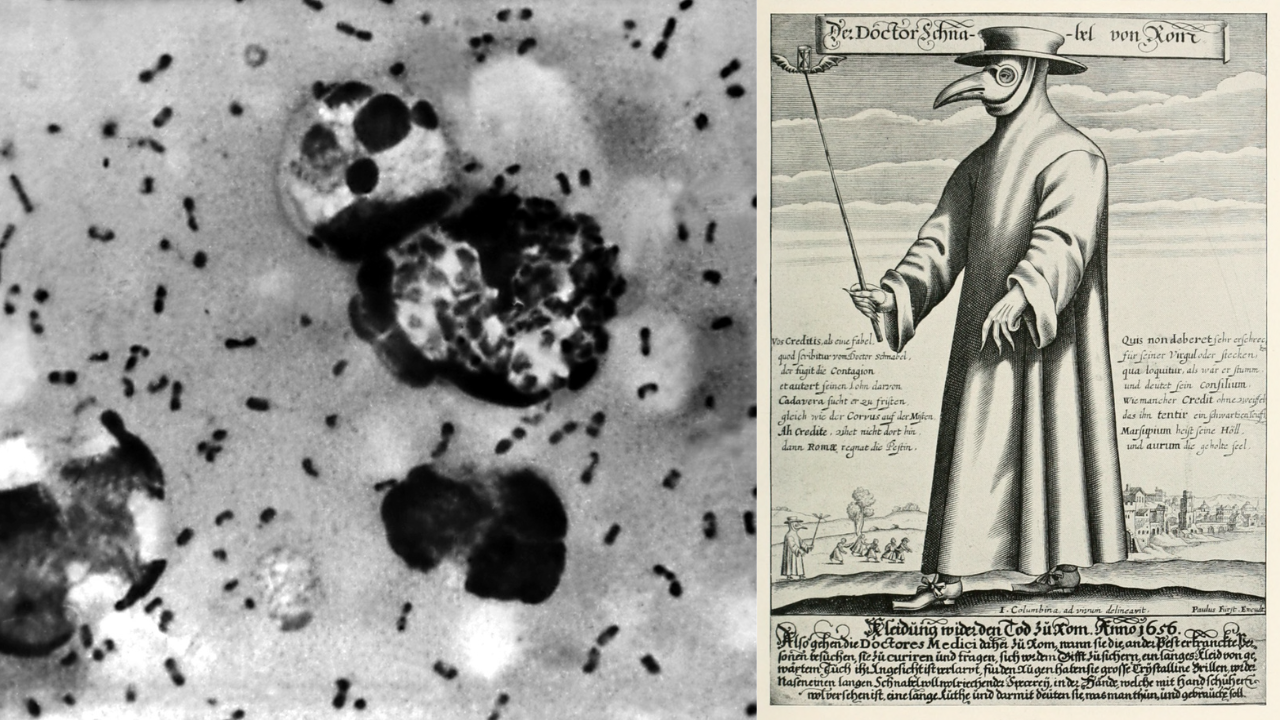Bubonic Plague California Resident: Here's All That You Need To Know About The Disease

Credits: Canva and Wikimedia Commons
SummaryA South Lake Tahoe resident tested positive for bubonic plague after a flea bite while camping, California health officials confirmed. Though rare, plague remains naturally present in the state. Transmitted mainly by fleas from infected rodents, it causes fever, chills, and swollen lymph nodes but is treatable with antibiotics today. Read on to know more.
End of Article
